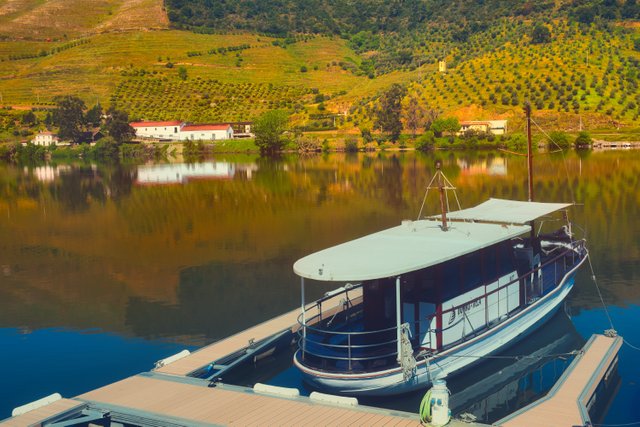Italy Community
✅1783 | The Loss of HMS Pallas in the Bay of Calheta, São Jorge
On February 12, 1783, the British frigate HMS Pallas was deliberately grounded by order of its commander in the Bay of Calheta, on the southern coast of the island of São Jorge, due to irreparable damage to its hull. The vessel was subsequently set on fire.
The ship was one of the Royal Navy’s earliest frigates, built in 1757 at the Deptford naval shipyards in London. It displaced 728 tons and measured 39 meters in length, typically manned by 240 men. Its service record with the Royal Navy was distinguished, having seen action in both the Seven Years’ War (1756–1763) and the American Revolutionary War (1775–1783).
In September 1782, with 25 years of service, HMS Pallas was undergoing emergency repairs in the Canadian port of Halifax after suffering storm damage in the waters off Newfoundland. It was then assigned to escort a convoy of merchant ships across the North Atlantic.
During this mission, the convoy was struck by another storm on February 5, which scattered the vessels. HMS Pallas, already in poor condition, began taking on water. The flooding in the hold reached two and a half meters in depth and could not be controlled. Separated from the convoy it was meant to protect, the ship's commander—Captain Christopher Parker—decided to head for the nearest port.
On February 10, 1783, the ship arrived at Horta Bay, but unfavorable winds prevented it from anchoring, so it proceeded toward the São Jorge Channel. The crew, exhausted from days of efforts to keep the ship afloat, continued on. On February 12, in front of the town of Calheta, Captain Parker decided to run the vessel aground to assess the damage and attempt repairs. However, during an inspection carried out by his officers, it was quickly determined that the hull was beyond repair. The ship’s copper sheathing had severely deteriorated due to galvanic corrosion—a chemical phenomenon unknown at the time.
The ship was lost, and orders were given to salvage everything that could be recovered. On February 22, local authorities in Calheta, having learned that the ship was to be burned, issued a formal request to the commander of HMS Pallas to remove the vessel from its location to avoid potential damage from an explosion of the ship's powder magazines to buildings along the shoreline. However, the ship could no longer be moved. After two weeks aground, it was set on fire and burned down to the waterline.
Among the salvaged materials were iron parallelepipeds used as ballast, some weighing more than 270 kilograms. Around two hundred of these were recovered. The ship became known among the people of São Jorge as the “boat of the açafras,” açafras being iron anvils shaped like the parallelepipeds used as ballast in the ship.
It is uncommon for a crew to abandon its ship, even when its seaworthiness is compromised, but that is precisely what happened in February 1783 in the Bay of Calheta, on the southern coast of São Jorge Island.
In 1998, a team of national and international researchers, supported by the Regional Directorate for Culture of the Azores, relocated the wreck site within Calheta Bay at a depth ranging from 5 to 20 meters. This archaeological work served as the basis for a thesis entitled “HMS Pallas: historical reconstruction of an 18th-century Royal Navy frigate”, which was presented by Peter Erik Flynn in 2006 at Texas A&M University.
Today, according to archaeologists who have surveyed the area, it is still possible to find remains of this ship on the seabed of Calheta Bay.

I am sharing photos of landscapes, moments and experiences. Nature and sea are the most visited themes in my photo collection, but any attention-grabbing aspect can be photographed. Hope you enjoy it...
| Category | #italy |
| Photo taken at | Douro Valley - Portugal |

)
Upvoted! Thank you for supporting witness @jswit.
Downvoting a post can decrease pending rewards and make it less visible. Common reasons:
Submit
Congratulations
This post has been curated by
Team #5
@damithudaya
Downvoting a post can decrease pending rewards and make it less visible. Common reasons:
Submit
Thanks for stopping by :) I really appreciate the support :) Cheers :)
Downvoting a post can decrease pending rewards and make it less visible. Common reasons:
Submit